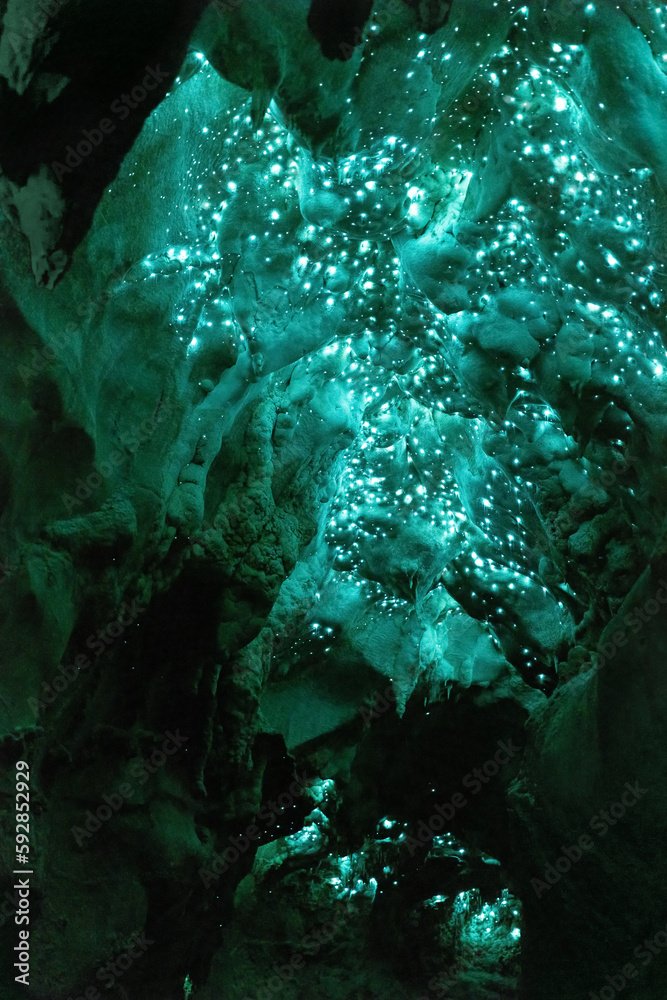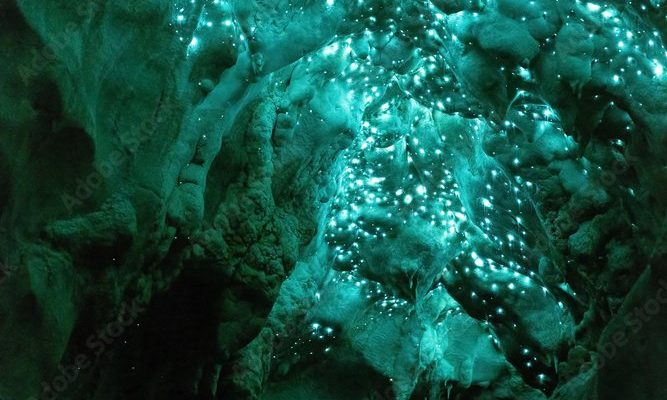
Imagine a bustling city when it rains. The streets come alive, but so do the buildings, as they soak up the moisture. Glow worms are a bit like that. They thrive in specific conditions that are often coaxed out by the perfect rainfall. But understanding how rainfall impacts their colonies goes deeper. It’s not just about water; it’s about *habitat*, *food*, and the overall health of these extraordinary ecosystems.
The Basics of Glow Worm Habitats
To truly grasp how rainfall affects glow worm colonies, we need to look at where they live. Glow worms, particularly the species *Arachnocampa luminosa*, are often found in damp, dark areas like caves or among the moist undergrowth of forests. These locations offer a comfortable environment where the glow worms can thrive.
Here’s the thing: moisture is essential. Rainfall helps maintain the humidity in their habitats, which is crucial for both the larvae and adult glow worms. When the environment is dry, not only do these insects face challenges in reproduction, but their light-producing abilities can also be compromised. Think of it as trying to dance with no music—the ambiance just isn’t right!
The Link Between Rain and Food Source
Glow worms are fascinating because they don’t just glow for the sake of it. They produce light to attract prey—typically small flying insects like moths. This glowing “fishing line” helps them catch dinner. However, the availability of these insects is closely tied to rainfall.
When it rains, the humidity increases, which leads to a surge in insect populations. More insects mean more food for glow worms. You might be wondering how this works. Well, rain often prompts insects to move around more, seeking shelter from the weather. As they flutter about, they become prime targets for glow worms, who eagerly wait for their next meal, illuminated in their silky webs.
Effects of Rainfall on Reproduction
Rainfall doesn’t just influence the food supply; it has a direct impact on the reproductive cycle of glow worms. Just like many species, these insects have specific breeding seasons that coincide with environmental conditions.
For glow worms, a consistent rainfall pattern creates a perfect breeding ground. When it’s wet, they can lay more eggs, knowing that the larvae will have a higher chance of survival. Conversely, long dry spells can lead to lower reproduction rates. This can create a cycle where fewer glow worms are born, leading to dwindling populations in the long run.
Optimal Rainfall Conditions
It’s interesting to note that while glow worms love rain, too much of it can be just as detrimental. Heavy storms can wash away their habitats or disrupt their webs. Thus, the ideal scenario is consistent, gentle rain rather than torrential downpours.
Here’s a quick recap of what glow worms need in terms of rainfall:
- Gentle, consistent rain: Helps maintain humidity levels.
- Increased insect activity: Provides a food source for glow worms.
- Optimal breeding conditions: Supports larvae survival.
The Role of Temperature and Humidity
Now that we know rainfall is important, it’s also crucial to consider temperature and humidity. These factors can work hand-in-hand with the amount of rain that falls. Glow worms thrive in environments that are not just moist but also moderately warm.
If it rains and the temperatures drop too low, it can slow down the metabolism of glow worms. They might glow less brightly or stop feeding altogether. But on the flip side, a warm, rainy night can lead to an explosion of activity, both for the glow worms and the insects they prey on.
It’s a delicate balance, and understanding it can help us appreciate why we should care about their habitats!
Challenges of Climate Change
Unfortunately, climate change is making things tricky for glow worm colonies. Changing weather patterns lead to unpredictable rainfall, which can disrupt the conditions that glow worms depend on.
For instance, if heavy rains occur in unexpected parts of the year, it can wash away nests and disrupt breeding cycles. Conversely, extended dry periods can lead to starvation, as food sources dwindle when humidity falls. As we look to the future, it’s vital to consider how our actions can impact these tiny wonders of nature.
Conserving Glow Worm Habitats
With the challenges glow worms face due to changing climates, preserving their habitats is essential. Here are some steps we can take to help protect these enchanting creatures:
- Support local conservation efforts: Many organizations focus on preserving the natural habitats glow worms rely on.
- Avoid littering: Trash and pollution can harm delicate ecosystems.
- Educate others: Share information about glow worms and their needs with friends and family.
Every little bit helps, and by keeping their environments healthy, we ensure that glow worms can continue to shimmer and shine.
Rainfall plays a crucial role in the life of glow worm colonies. From providing necessary humidity for survival to boosting insect populations for food, every drop matters. These tiny luminescent beings remind us that even the smallest creatures have complex needs and vulnerabilities.
As we continue to explore the world around us, let’s remember to appreciate and protect the delicate balance that makes ecosystems thrive. With our help, glow worms can continue to light up the night, serving as a beautiful reminder of nature’s magic. So next time you encounter these glowing wonders, think about the rain and all it does to create such a captivating show!

